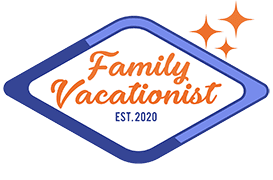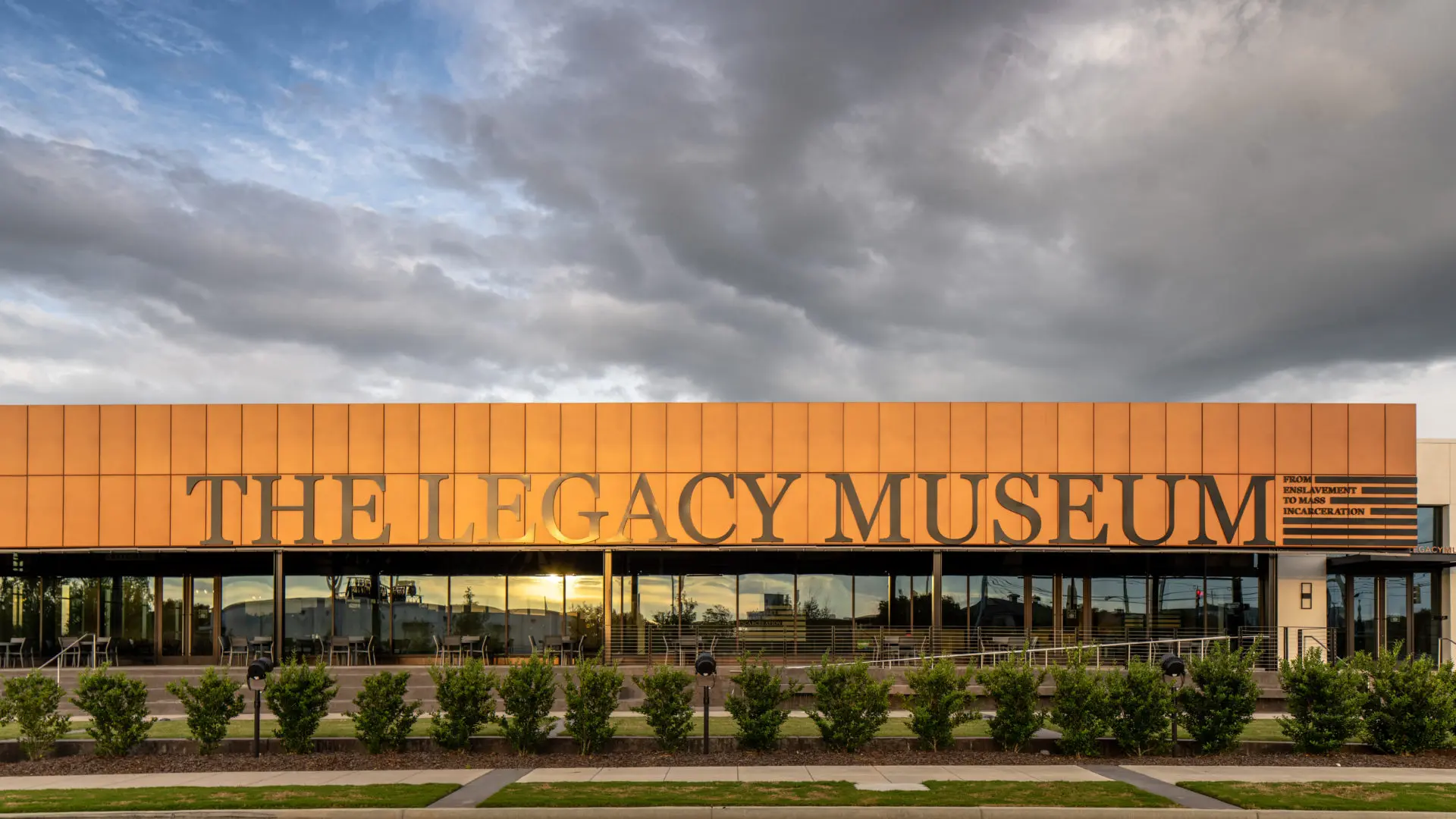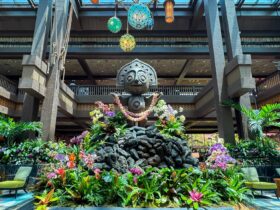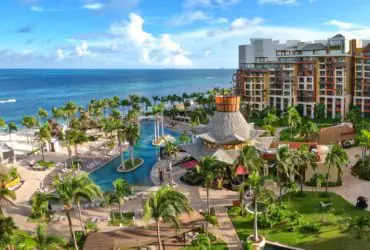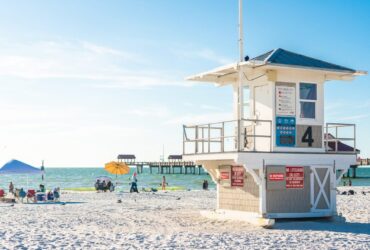“I just think we need truth and reconciliation in this country,” Bryan Stevensen, acclaimed lawyer and Executive Director of the Equal Justice Initiative, said, “but you got to tell the truth before you get to reconciliation.”
Bringing your children to The Legacy Museum and its neighboring National Memorial for Peace and Justice is giving them—and our country—a gift we all need: truth, so we can achieve reconciliation. The Legacy Museum welcomes visitors to experience the honesty and legacy of forced labor in bondage through art and various media; research and scholarship; and data-driven technology. The New York Times declared, “There is nothing like it in the country. Which is the point.”
The Legacy Museum
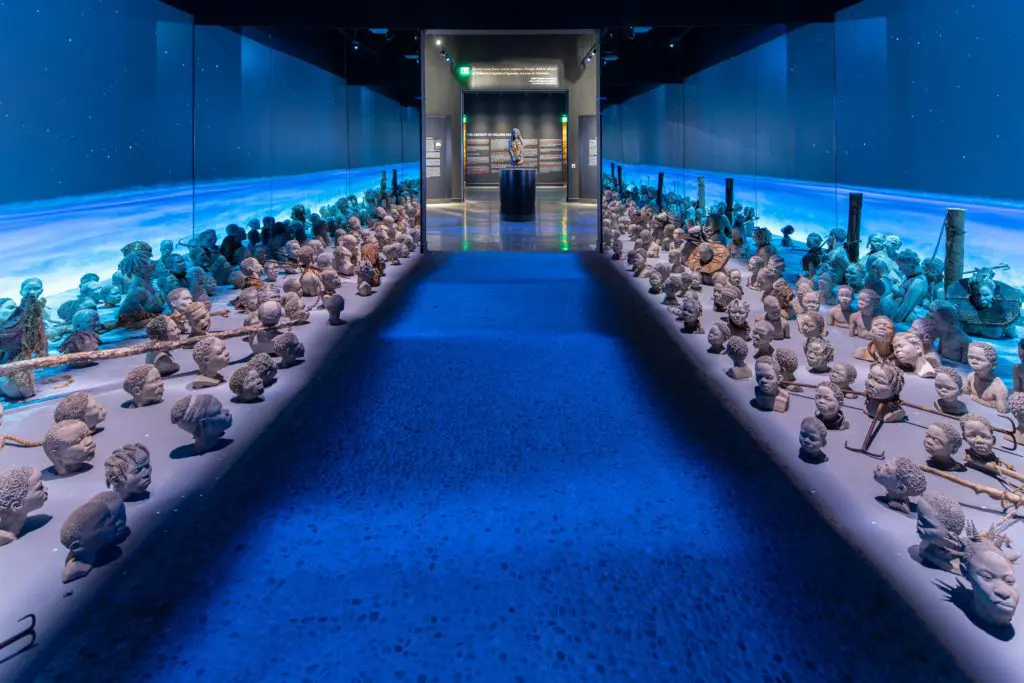
Spanning the origins of enslavement with an examination of the Transatlantic Slave Trade, and reaching through Reconstruction, codified racial segregation/Jim Crow, the emergence of over-incarceration in the 20th century, and the continued fight for equal voting rights, The Legacy Museum will help your children understand this important history through first-person narratives and artifacts that teach about the roots of today’s movement for racial justice through the lens of centuries of equal justice efforts.
National Memorial for Peace and Justice
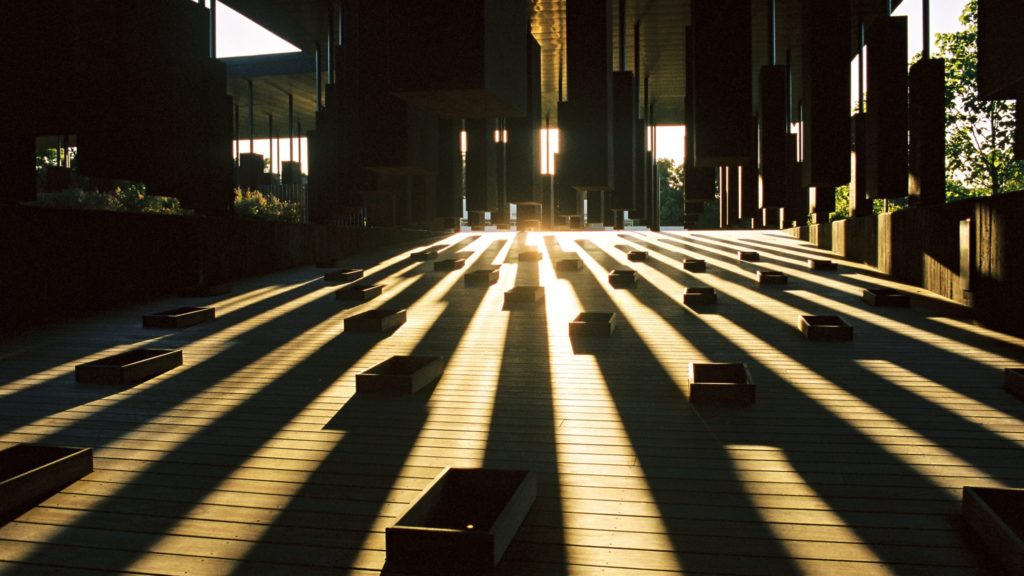
Close your visit to the museum in the Reflection Space, which honors those who worked throughout their lives to challenge racial injustice, then move outside to the National Memorial for Peace and Justice, the “nation’s first memorial dedicated to the legacy of enslaved Black people, people terrorized by lynching, African Americans humiliated by racial segregation and Jim Crow, and people of color burdened with contemporary presumptions of guilt and police violence.”
The Memorial for Peace and Justice is a place for your family to gather and reflect on America’s history of racial inequality. The 800 six-foot monuments bring visitors on a journey from slavery through lynching and racial terror, with a memorial square at their center. Each of the steel monuments represents a county in the U.S. where a racial terror lynching took place, and they are engraved with the names of the lynching victims. The memorial includes words from Toni Morrison, Elizabeth Alexander, Dr. Martin Luther King Jr., and has a reflection space in honor of Ida B. Wells.
Where to Stay in Montgomery
The rooms are big and clean, the breakfast is hot and free, and complimentary evening snacks come standard at the Drury Inn & Suites Montgomery. At Downtown’s SpringHill Suites, a central location plus suite-style rooms make a family trip to Montgomery comfortable and easy.
More Ideas for an Alabama Civil Rights + Black Excellence Trip
Your family’s trip to understand the history of enslavement and the activism of Black and African Americans is an essential part of an Alabama Civil Rights tour. While you’re in Montgomery, visit the Freedom Rides Museum to understand the power and persistence of those who fought for equal rights and justice, and make a commitment to be part of that journey while visiting The Civil Rights Memorial Center. On your way to Birmingham, stop in Selma to walk in the footsteps of John Lewis and other civil rights icons on the Edmund Pettus Bridge and visit the Selma Voting Rights Museum. In Birmingham, attend a service at the 16th Street Baptist Church and experience the beautiful sculptures in Kelly Ingram Park. Of course, celebrating Black excellence should be at the heart of any trip to the South, so pull up a seat at The Plum Bar or Jazzis on 3rd to hear some of the best Jazz, blues, R&B, soul, and funk in Alabama.
More from FamilyVacationist:
- 7 Iconic U.S. Attractions Kids Should See Before They Grow Up
- Kid-Friendly D.C.: What to do with Kids at the National Mall and Beyond
- 20 Best Family Vacation Spots in the U.S.

